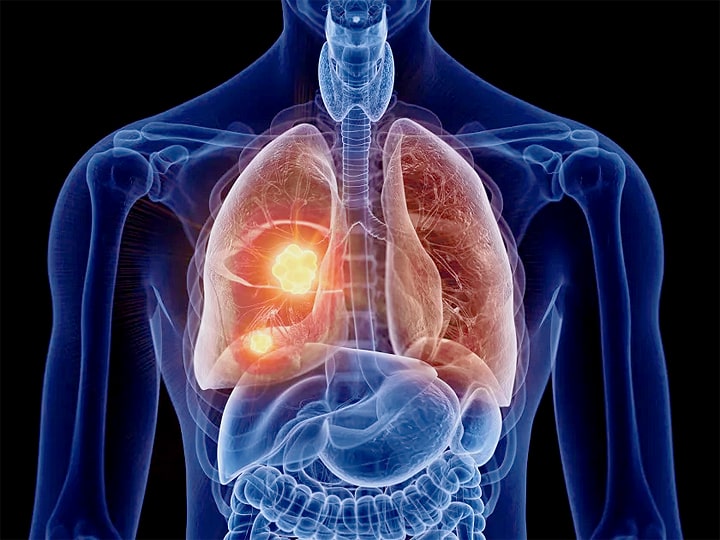World Lung Cancer Day 2025: The Stages, Treatments and What They Mean for Patients
Related Articles
Full Plates, Empty Nutrition: Why Home-Cooked Meals Are Failing India
India is often celebrated for having largely overcome large-scale hunger through massive food security schemes and record foodgrain production. Yet behind this success story...
Prayagraj के बिजली विशेषज्ञों ने इंदौर में लिया विद्युत हाल, सिंहस्थ 2028 के लिए तैयारी तेज़
उज्जैन में वर्ष 2028 में प्रस्तावित सिंहस्थ महापर्व की तैयारियों के तहत बिजली वितरण व्यवस्था को मजबूत और आधुनिक बनाने के लिए प्रयागराज से...
Who Are Prashant Veer and Kartik Sharma, CSK’s Jaw-Dropping Rs 14.2 Crore Teen Buys?
When the gavel finally came down in Abu Dhabi on Tuesday night, two young Indian cricketers had their lives changed forever and Chennai Super...


